How “sticky-up things” act as refuges to protect diversity against intensive farming
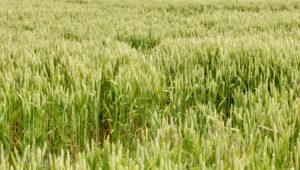
When you look across cultivated fields you are usually surveying an unrelenting monoculture -of earth or wheat or grass. Lots of pesticides and fertilizers are used and there are regular assaults by bladed machines. It's bleak for wildlife, whether plants or animals. But nature is resourceful and clings on where it can. And within intensive agricultural areas there is a pattern to the small oases of diversity.
There is more diversity where an obstacle stops the machines in their track Sometimes that's a linear feature like a river or a hedge or maybe just a fence, but often it's just a sticky-up object. 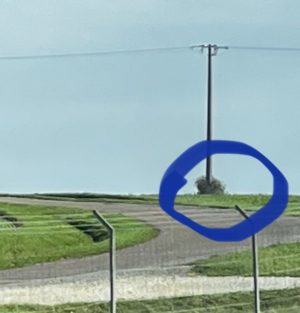 A tree, a pylon, a pole, or even a wind-turbine. At the base of objects sticking up in fields you often find a clump of plants, sometimes flowers, and shelter for small mammals and birds. Taking the train through northern France recently, I realised how extremely industrialised their countryside has become and it's the same in most of Lincolnshire. Hedges have been removed, single trees are rare and every effort is directed to increasing wheat / crop production. Diversity is not just discouraged but it is seen as the enemy - a small copse or hedge can harbour swarms of crop-eaters so these have usually been grubbed out (as have many ponds (see the woodlands blog on ghost ponds in Norfolk). Whatever the spin and rhetoric, the large scale farmer is at odds with biodiversity.
A tree, a pylon, a pole, or even a wind-turbine. At the base of objects sticking up in fields you often find a clump of plants, sometimes flowers, and shelter for small mammals and birds. Taking the train through northern France recently, I realised how extremely industrialised their countryside has become and it's the same in most of Lincolnshire. Hedges have been removed, single trees are rare and every effort is directed to increasing wheat / crop production. Diversity is not just discouraged but it is seen as the enemy - a small copse or hedge can harbour swarms of crop-eaters so these have usually been grubbed out (as have many ponds (see the woodlands blog on ghost ponds in Norfolk). Whatever the spin and rhetoric, the large scale farmer is at odds with biodiversity.
The soil is a highly lucrative resource where farmers want to maximise their returns. Increasingly, they use modern technology with tractors guided by SatNav, planting twice a year, with harvesting dictated by accurate weather forecasts and sophisticated seedlings being protected and fed by brutally efficient pesticides and fertilisers. Lip service is often paid to the farmers' role in looking after the countryside but in reality most of them are businessmen and businesswoman wanting to optimise returns. Farming businesses' borrowings and financial objectives don't allow them to spend too long worrying about biodiversity or the "hundred harvests" concern - that, when treated badly, the soil will be mostly gone (e.g fenland blows) or made unusable within 50 or 100 years.
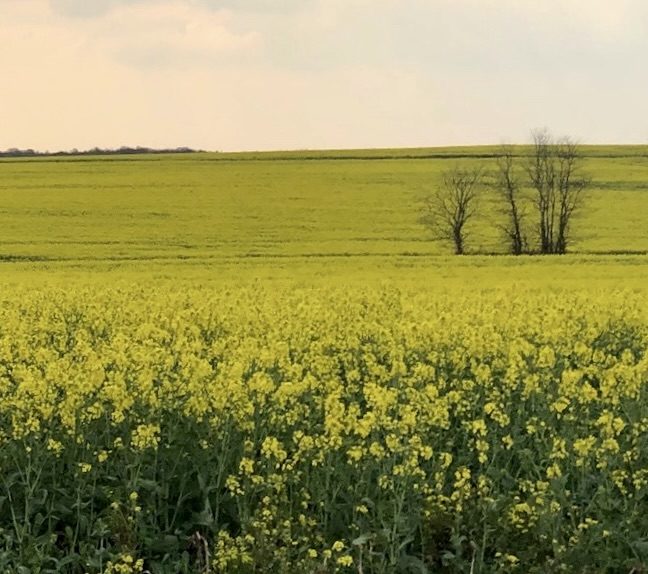
Refuge is an important concept in ecology: the idea that an organism gets protection from predation by hiding in inaccessible areas. Coral reefs are an example of habitats where animals can take refuge, and rainforests contain numerous physical refuges. [The concept of refuges or refugia has developed in recent years]. In the case of the arable fields of Britain, it seems as if it is mainly the "sticky-up things" and linear features (hedgerows etc.) which provide refuge, but not just from animal predation but from humans and their machinery. Nature is reacting to humans as if they are the predators.
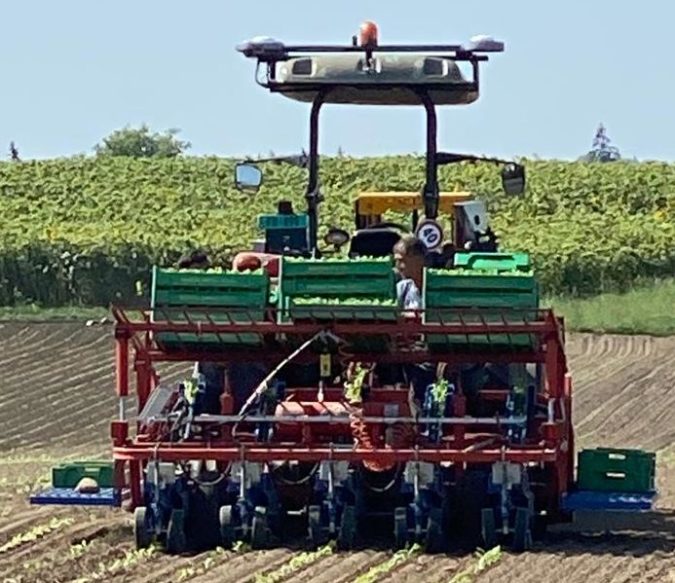
There are thousands of objects in the countryside which act as refuges - it's a benign and unintended consequence of landscape clutter. For example signposts, pillar boxes, mobile phone masts, abandoned fence posts, and even discarded farm equipment. These objects can also offer a structure for plants to climb up in their quest for sunlight and they can provide shelter from wind, but mostly they offer protection against the farmer and the machines. Unfortunately, the natural human instinct is usually to tidy up everything in sight, which often works to the detriment of biodiversity. It would be better to protect vegetation and stop mammals from being mashed up by mowers / machinery, and it is often the residual sticky-up features that protect these small refuges. Perhaps we need less rural de-cluttering of the British landscape, and more ‘mini refuges’.
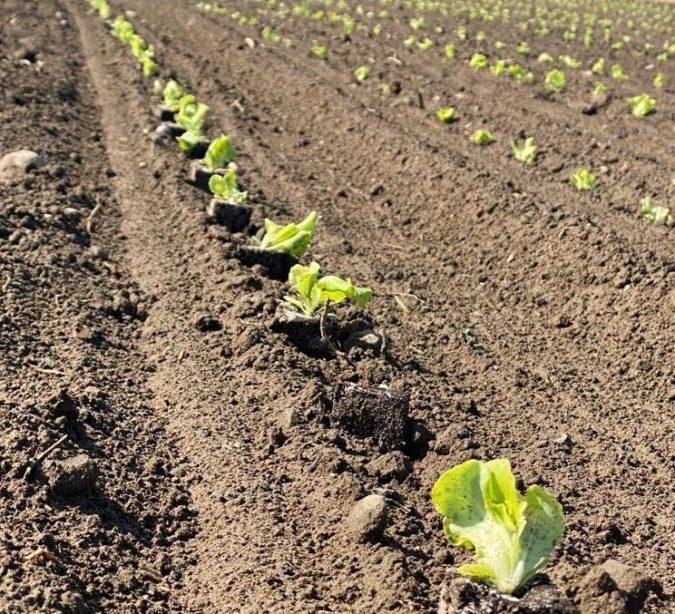
Comments are closed for this post.

In my experience, having lived in the “country” (now becoming part of urban sprawl) for almost 30 years that EVERY farmer I’ve had contact with is only concerned with making money.
When they cannot, they sell farms to developers. That being said, if money is the problem we could pay them to all be better “stewards” (most act like factory owners in my experience).
Now, I’m sure every farmer is not like this, as I’ve read many articles by caring farmers. It just seems that they are in a small minority.
Mark
25 November, 2022